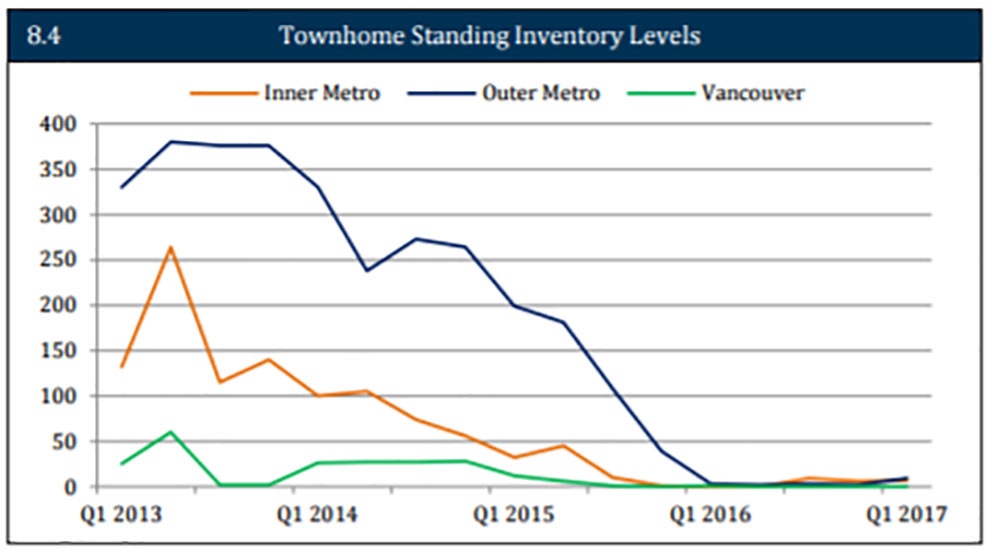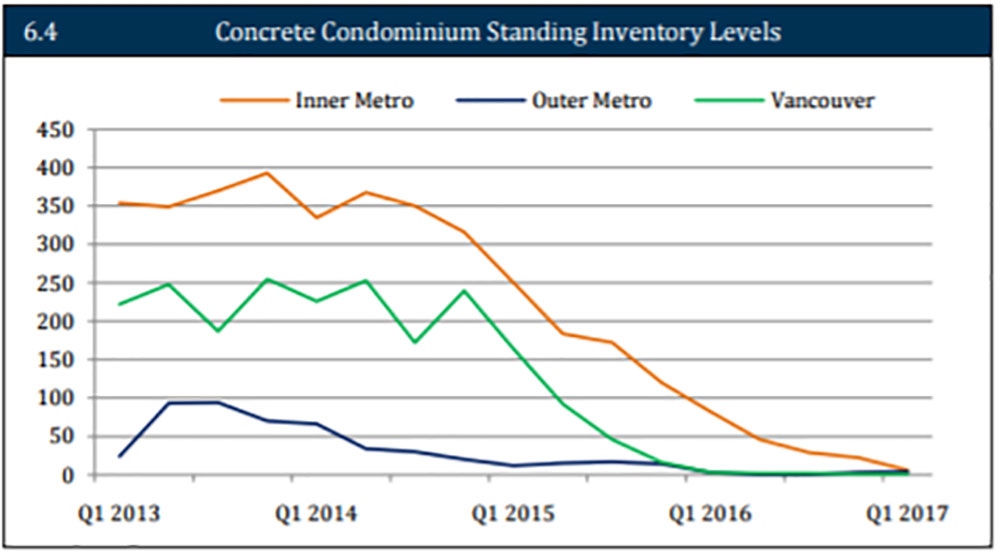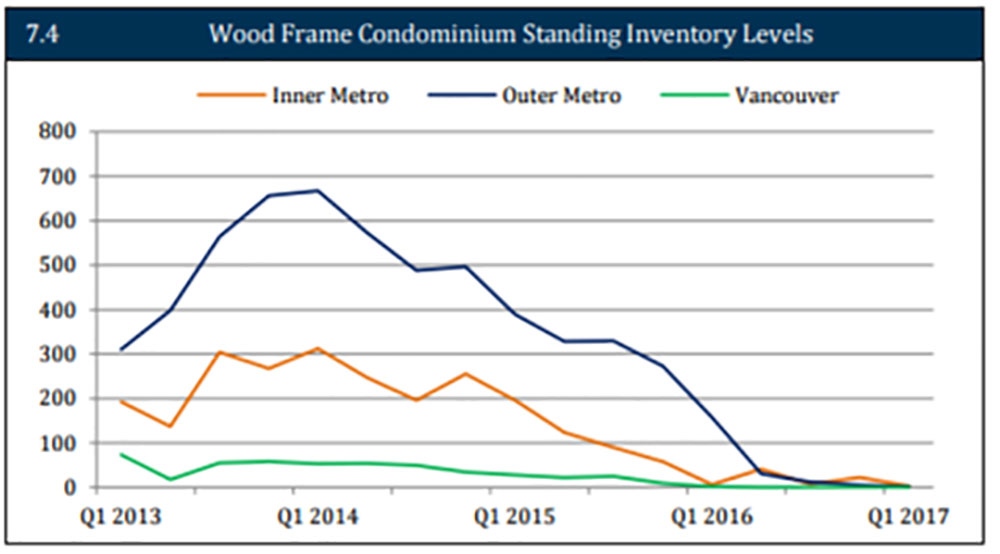CMHC paying $4B dividend to government
Garry Marr
The Vancouver Sun
Canada Mortgage and Housing Corp., is paying the federal government a special $4 billion dividend, a move the Crown corporation says is driven by the fact it has more cash than it needs to back its obligations.
In May, the Crown corporation, said it was implementing a “dividend framework” in the event that actual capital exceeded its capital target even though historically CMHC had retained all of its net income as capital since its creation in 1946. The first quarter dividend was $145 million.
“CMHC’s mortgage loan insurance and securitization businesses operate on a commercial basis and are expected to generate a reasonable return for the government,” the Crown corporation said in a release.
The one-time dividend will “align CMHC’s actual capital with its capital holding target” and be paid in instalments over a period not to exceed two years, the Crown corporation said.
Canadians with less than a 20 per cent downpayment on a home must get mortgage default insurance which is designed to protect financial institutions for any shortfall in the event a consumer defaults on their loan. CMHC is the largest mortgage default provider in the country and is ultimately 100 per cent backed by the federal government should it fail.
There are two private mortgage default providers in Canada, Canada Guaranty and Genworth Financial, both of which are 90 per cent backed by the federal government.
Rob McLister, the founder of ratespy.com, said CMHC has been “hoarding” capital. “The government is requiring CMHC to not keep that excess capital on its balance sheet. Instead, Ottawa wants it explicitly paid out to taxpayers,” said McLister, adding the Crown corporation’s earnings were already consolidated in the government’s books so they say this won’t impact the deficit.
The move comes has CMHC has been hiking premiums for consumers. It has generally led the way in the marketplace and Canada Guaranty and Genworth have usually followed. In January, the Crown corporation hiked premiums across the board and consumers with a loan-to-value up to and including 95 per cent now pay a fee of four per cent of their total loan which was up from 3.6 per cent. It was the third premium hike in three years.
“As a Crown corporation, CMHC is the only mortgage insurer whose proceeds benefit all Canadians. The special dividend returns excess capital to the Government of Canada while ensuring enough capital is retained for the risks we’ve assumed, said Wojo Zielonka, chief financial officer and senior vice-president of capital markets for CMHC, in a statement.
The federal government welcomed the cash from the Crown corporation. “CMHC’s special $4 billion dividend is a sign of how well the Crown Corporation is managing its mortgage loan insurance and securitization businesses. By sending excess funds to the Government CMHC is abiding by good governance principles,” said Bill Morneau, the finance minister, in a statement.
CMHC said it continues to “hold capital in line with its risk profile” and is meeting regulatory capital requirements set out by the Office of the Superintendent of Financial Institutions. CMHC reported in its first quarter results that it had total assets of almost $266.2 billion and liabilities of almost $244.8 billion.
In January, CMHC chalked up the increase in premiums to capital requirements of OSFI. “Capital requirements are an important factor in determining mortgage insurance premiums. The changes reflect OSFI’s new capital requirements that came into effect on January 1st of this year that require mortgage insurers to hold additional capital,” the Crown corporation said at the time.
© 2017 Financial Post





